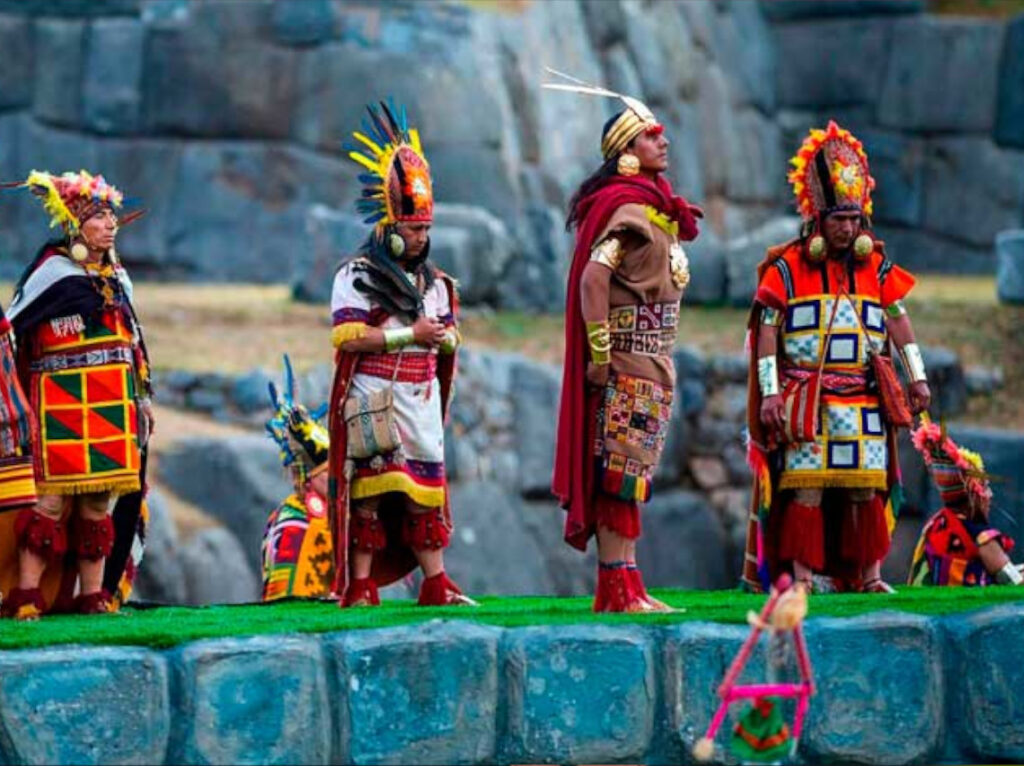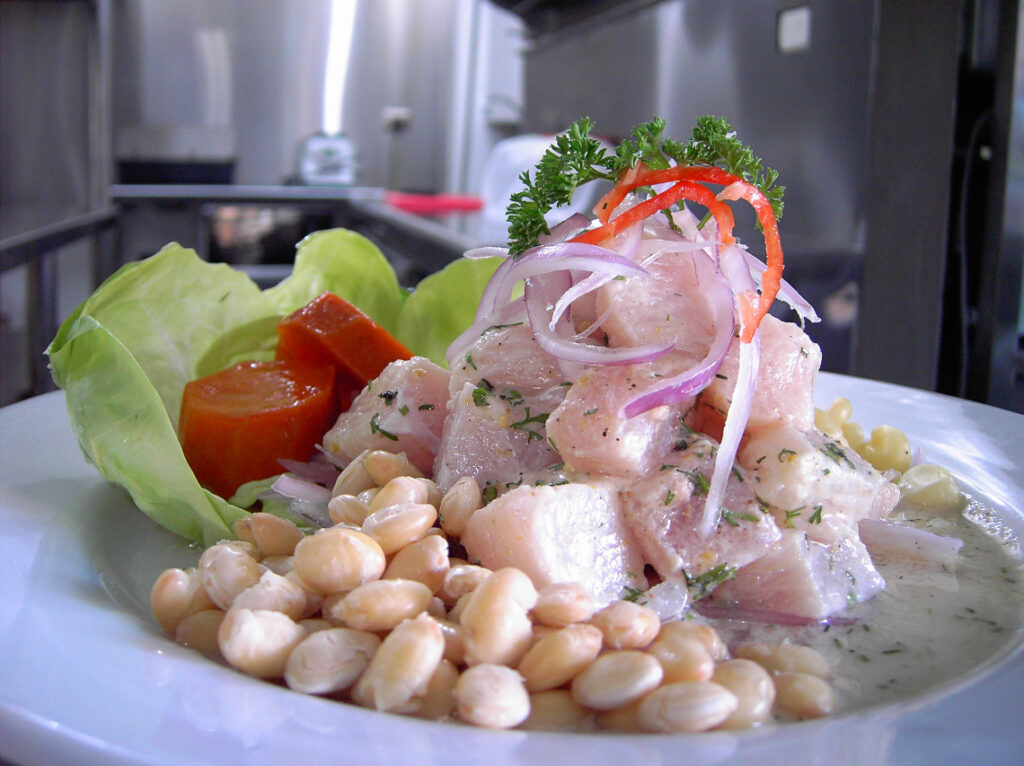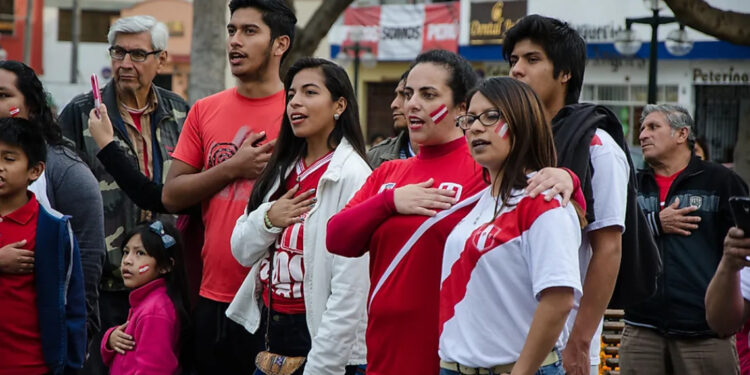The origins of Peruvians trace back thousands of years before Europeans arrived in South America. The cultural, social, and genetic roots of Peru’s people intertwine with ancient Andean civilizations, whose achievements in agriculture, architecture, and astronomy shaped the development of this vast region. Over time, the rich diversity of pre-Hispanic cultures, Spanish colonial influence, and later migrations formed what we now know as the Peruvian people.
Early Inhabitants: Foundations of Pre-Hispanic Peru
The earliest traces of human presence in what is now Peru date back to around 10,000 B.C. These initial populations were hunters and gatherers who lived in small, nomadic communities. Among the oldest archaeological sites are the Lauricocha caves in the Peruvian highlands and footprints found in Chilca, south of Lima.
Over time, these groups developed advanced agricultural techniques, leading to the establishment of permanent settlements. By around 3,500 B.C., the Caral civilization, one of the oldest in the Americas, flourished on Peru’s coast. Caral laid the foundations of a complex society that would dominate the Andean region for centuries, with advances in irrigation, social organization, and trade.
The Andean Civilizations: The Cradle of Peru
The emergence of great Andean civilizations like Chavín, Paracas, Nazca, Moche, and, most notably, the Incas left a lasting legacy on Peruvian identity. The Incas established Tahuantinsuyo, a vast empire that stretched from southern Colombia to northern Chile and Argentina. This empire was organized around a centralized system with a network of roads and an efficient administration that allowed control over vast territories.

The Inca civilization achieved deep knowledge in engineering, medicine, and astronomy, and its impressive constructions, such as Machu Picchu and Sacsayhuamán, testify to its architectural prowess. The Quechua language, spoken by the Incas, still endures and is used by millions of Peruvians today, symbolizing cultural continuity.
Conquest and Mestizaje (Ethnic Mixing)
With the arrival of Spanish conquerors in the 16th century, Peru underwent a process of colonization that radically transformed the lives of its inhabitants. The arrival of the Spanish brought not only the imposition of a new religion, Christianity, but also a profound cultural and ethnic blend. The indigenous population sharply declined due to diseases introduced by Europeans and the harsh conditions of forced labor.
However, mestizaje between indigenous people, Spaniards, and later Africans brought as slaves, gave rise to a new Peruvian identity. This mix is visible in Peru’s contemporary culture, cuisine, and music, where indigenous traditions coexist with European and African influences.
Modern Peruvians acknowledge and value both their pre-Hispanic past and the various influences that have interwoven to shape their current identity.
The 19th Century and International Migration
As Peru gained independence from Spain in 1821, the country continued receiving migrations from other regions. During the 19th century, Chinese and Japanese immigrants arrived, contributing significantly to infrastructure construction and agricultural development. This new wave of migration further enriched Peru’s cultural diversity.
Today, Peruvians take pride in their multicultural roots. The influence of native, European, and Asian cultures has created a unique and diverse society that celebrates its heritage through traditional festivals and world-renowned cuisine.

Contemporary Peruvian Identity
In the 21st century, Peruvian identity continues to be defined by its rich history and ethnic diversity. Modern Peruvians recognize and cherish both their pre-Hispanic past and the various influences that have intertwined to form their current identity. In this context, many Peruvians migrate abroad, bringing their culture and traditions with them and forming communities that keep their heritage alive in places like Europe, the United States, and Asia.
The pride in the land of the Incas, resilience in the face of historical challenges, and cultural diversity make Peruvians a people with a profound sense of identity that continues to evolve over time.




